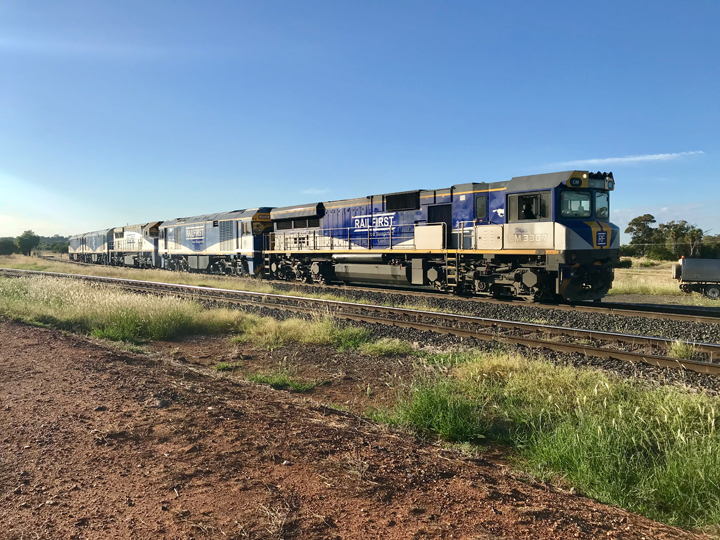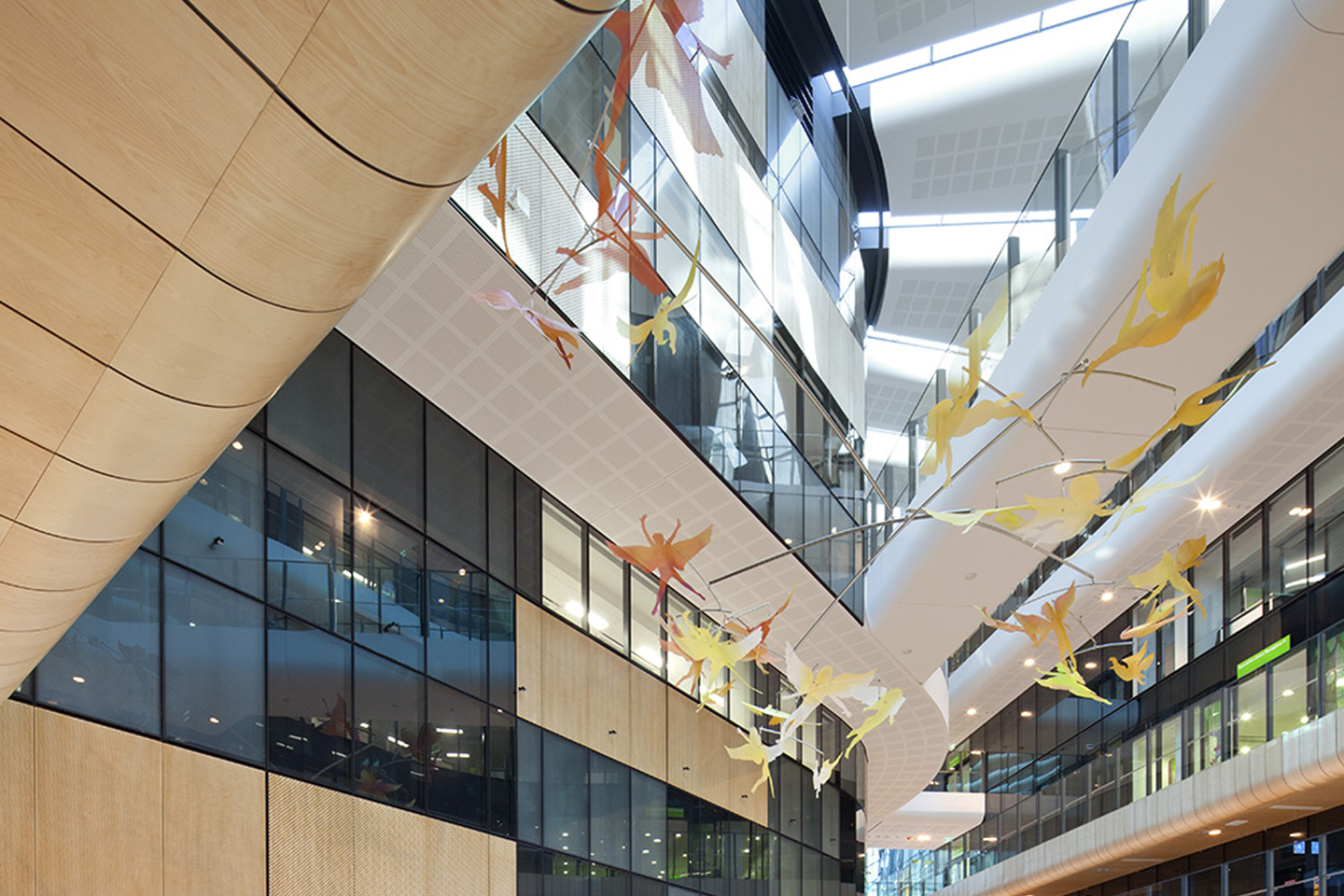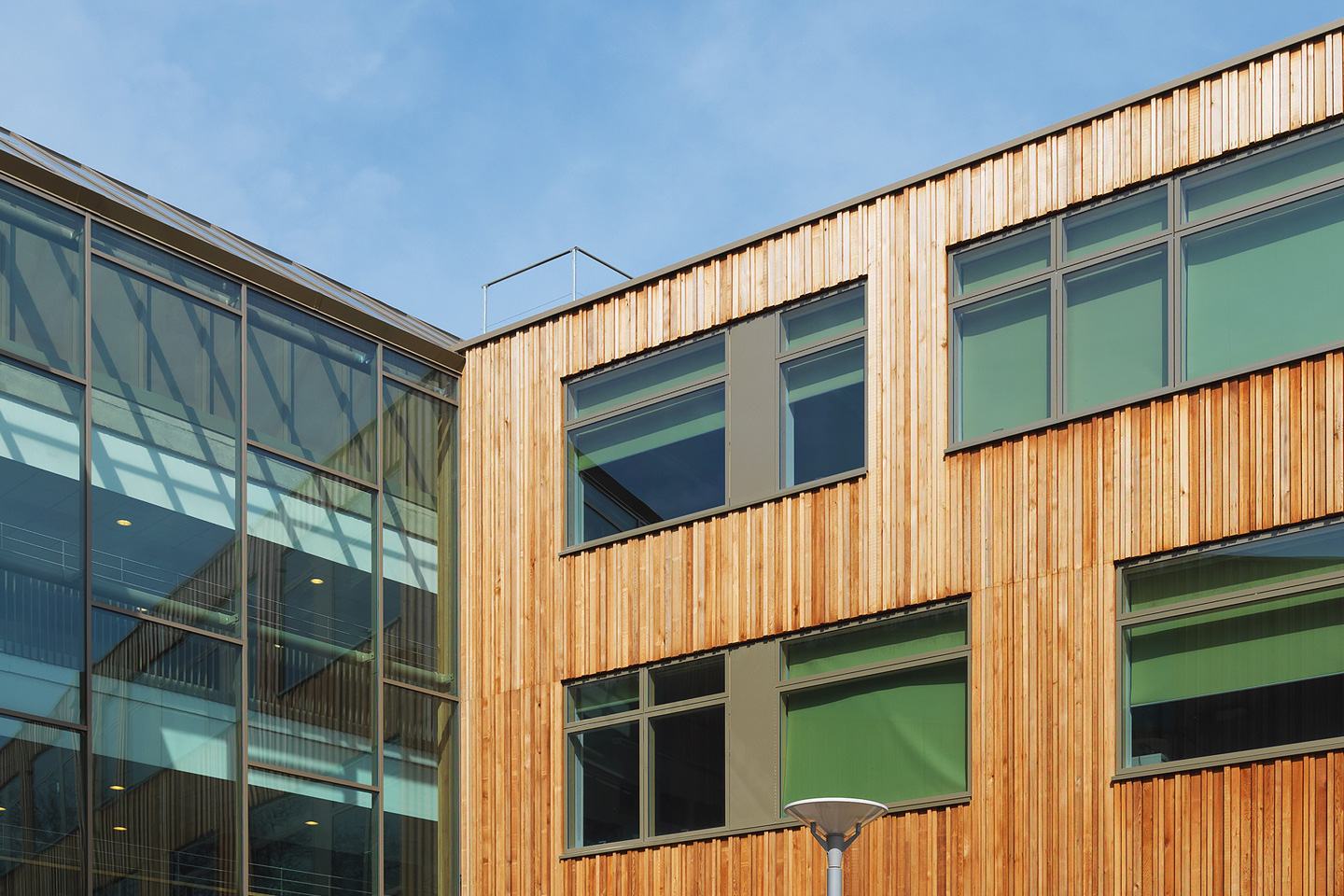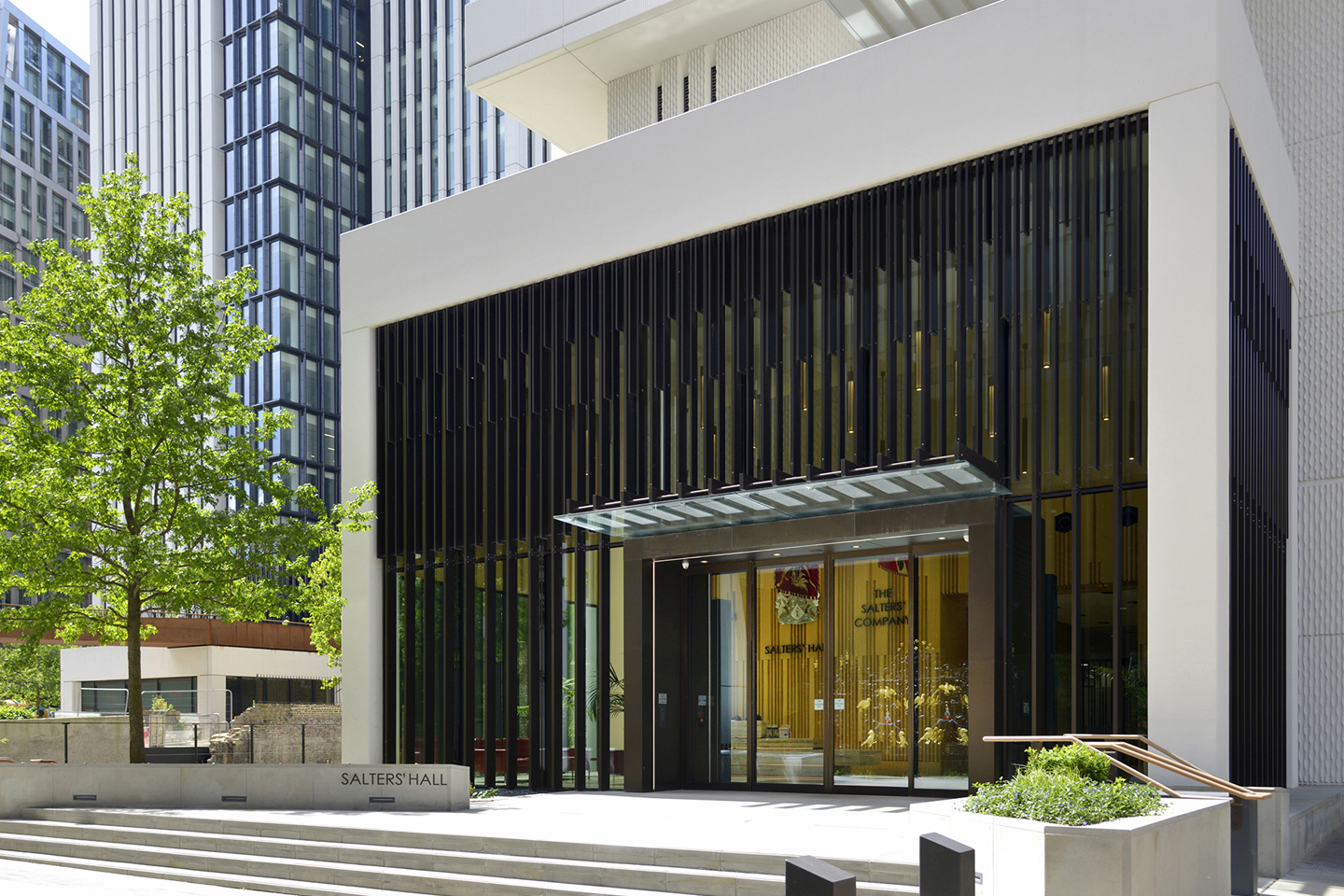
Gold Coast Light Rail
Gold Coast Light Rail
The Gold Coast Light Rail project represents a paradigm shift in sustainable transport solutions in Queensland, Australia. Operating since 2014, this investment has already delivered significant financial, social, and environmental benefits. The project serves as an exemplar of how well-executed infrastructure investments can deliver on multiple fronts.
About
The Gold Coast project has been developed to create a world-class sustainable, city changing integrated light rail system for the future prosperity of the Gold Coast community. Today it provides a public transport system that is integrated both into the local public bus service and the heavy rail network, providing users with direct access to Brisbane.
0 m+
GoldlinQ carries over 1 million people per month along it’s 21 kilometers of track in 18 Light Rail Vehicles (‘LRVs’) stopping at 19 stations 24 hours a day, seven days a week. The project has and is being delivered in three stages:
- Stage 1, completed in 2014, involved the design and construction of 13 kilometers of light rail track, 16 stations, and a number of viaduct and bridge structures, and the provision and operation of 14 x 45-metre LRVs
- Stage 2, completed in December 2017, provides for a 7.3 kilometer extension to the network with an additional 3 stations, 2 of which have park and ride facilities, and 2 new bridge structures. An additional 4 LRVs were procured for Stage 2 of the project
- Stage 3 provides a 6.7 kilometer extension from Broadbeach South to Burleigh Heads. The expansion will provide 8 new stations and 5 additional LRVs of the same type as the existing fleet of 18 LRVs and is due for completion in late Q3 2025
When Stage 3 is complete GoldlinQ will provide the community with 27 kilometers of light rail operating 23 sets of trams.
0 km
Sustainability activities
Rainwater capture from the main Depot building and wash bay roof area is used for the light rail vehicle washing unit bay, toilet flushing, road/rail sweeper and limited irrigation of the Depot landscaping and the replacement and use of water efficient fittings in the depot and on the system.
Energy emissions initiatives include:
- Staff engagement to better consider the use of potable water and waste to landfill
- LED lighting installed as bulb replacements where possible
- Low voltage LED system design for future depot
- Investigate options to increase the proportion of power from green or alternative/renewable sources up to 100%
Timeline
-
2011
INPP reaches financial close on Gold Coast Light Rail
-

PFI Awards Winner
APAC Transport Deal of the Year
-
2014
Stage 1 completed:
- 13km light rail track
- 16 stations
-
2016
INPP makes further investment into Gold Coast
-
2017
Stage 2 completed
- 7.3km extension to the network
- 3 additional stations
-
2021
10 year anniversary
Carried more than 55m passengers -
2022
INPP makes further investment
Key impacts and benefits
A$ 0.0 bn
0 +%
0 %
Why we invested
The decision to invest in Gold Coast Light Rail was driven by a combination of the strong state and political support locally, the project’s potential for risk-adjusted returns and option to increase investment exposure.

- Compelling Government Support: The Gold Coast Light Rail project has been backed by strong state support across all three tiers of government; Federal, State and Local Government and has been broadly supported across all political parties
- Expansion Opportunities: The investment met INPP’s risk-adjusted return criteria and provided us with expansion opportunities, thanks to its performance and consistent risk allocation through back-to-back provisions between the project agreement and key sub-contractors
- Equity Growth: Our investment across the three stages totals A$39.9 million, and we've increased our equity position from an initial 27% to 30%
Thanks to the success of the project, discussions are commencing on Stage 4 that would take the light rail down south to the Gold Coast airport at Coolangatta, planned to be delivered in time for the Brisbane Olympic Games in 2032.
Sustainable Development Goals (SDGs)
2030 Agenda for Sustainable Development adopted by UN Member States in 2015
SDGs supported:
Outcomes
The project’s performance on this project has been remarkably good, averaging over 99.9% and minimal abatements for operational KPIs. Consistent with that, passenger satisfaction levels for reliability, customer service, safety and cleanliness have averaged over 80% for the past several years. Importantly:
- Reliability and Punctuality:
- With an ambitious target availability of 99.9%, the project has achieved 99.99% average service availability in 2022
- With a target of 95% service punctuality, the project achieved 95.77%
- Private vehicle usage when compared to 2011 has reduced, except during Covid 19, by up to 41% in particular sections of the network
- Today the network has over a million passenger journeys a month and has fully recovered from the Covid downturn
- Once Stage 3 comes into operation in early 2025, passenger numbers will increase further
Related
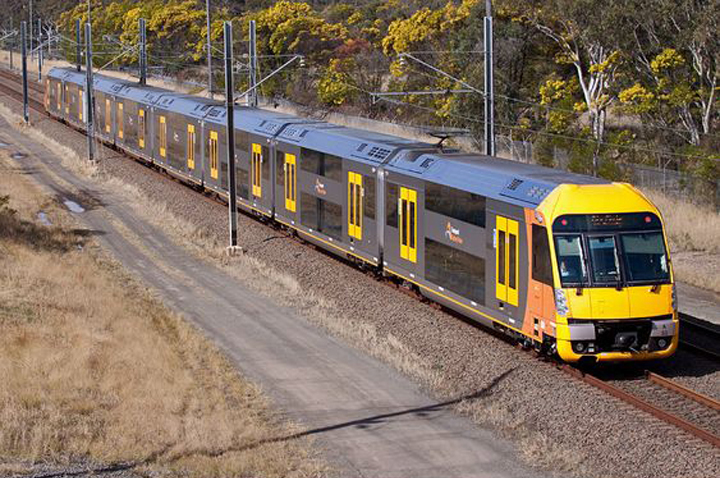
Reliance Rail
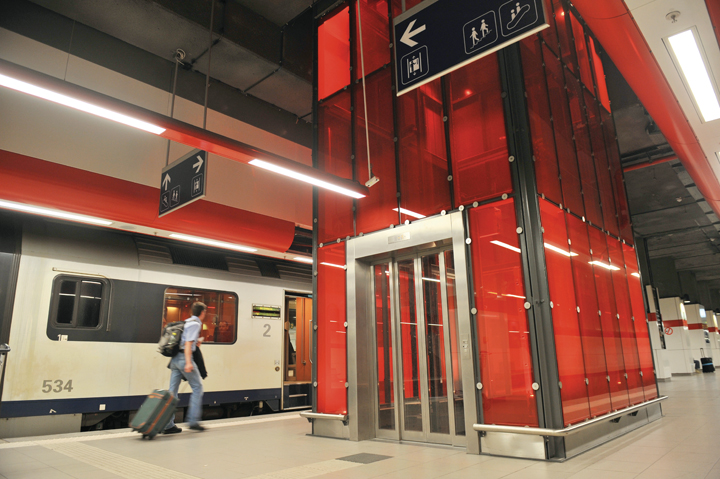
Diabolo
